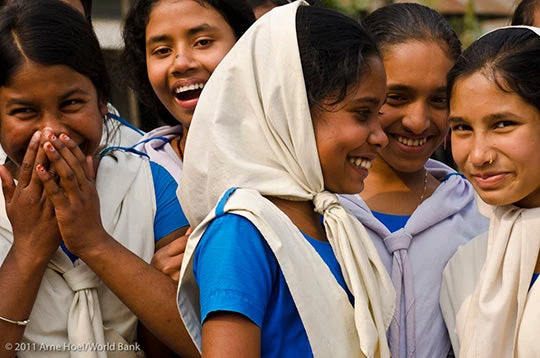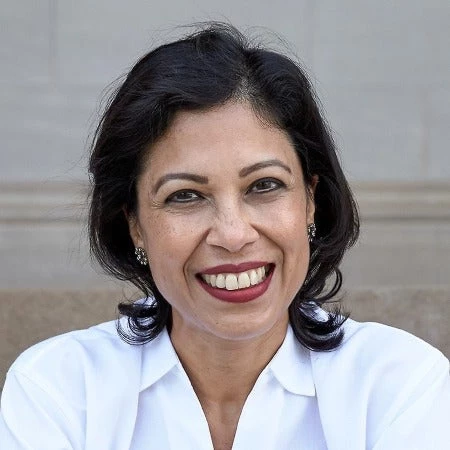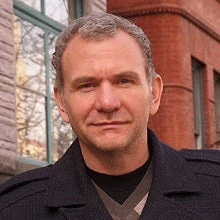
Bangladesh has set an ambitious goal to become a middle-income country by 2021—the year it celebrates the 50th anniversary of its independence. Equally important to achieving the coveted middle income status is making sure that all Bangladeshis share in the accelerated growth required to achieve this goal, particularly the poor. The Government of Bangladesh’s Vision 2021 and the associated Perspective Plan 2010-2021 lay out a series of development targets that must be achieved if Bangladesh wants to transform itself to a middle income country. Among the core targets used to monitor the progress towards this objective is attaining a poverty head-count rate of 14 percent by 2021. Assuming population growth continues to decline at the same rate as during the 2000-2010 period, achieving this poverty target implies lifting approximately 15 million people out of poverty in the next 8 years. Can Bangladesh achieve this target? Not necessarily so. A simple continuation of the policies and programs that have proven successful in delivering steady growth and poverty reduction in the past decade will not be sufficient to achieve the poverty target set for 2021.
Over the 2000 to 2010 decade, Bangladesh experienced steady and strong GDP growth, averaging 6 percent per year. During the same period, poverty rates have also demonstrated steady improvement, with an average decline of 1.7 percentage points per year. Although not quite as rapid as the remarkable 2.5 percentage points per year decline that China experienced during this period, Bangladesh’s rate of poverty reduction was nevertheless almost twice as fast as that experienced by the rest of the world. Between 1999 and 2008, the poverty headcount rate in India and the rest of the developing world, excluding China, fell by an estimated 0.9 percentage points per year. The number of poor in Bangladesh has substantially declined over this period from nearly 63 million in 2000 to 47 million in 2010 - a reduction of 26 percent. An extraordinary feature of this poverty reduction experience is that the real per capita consumption increased proportionally across all income groups thereby keeping inequality stable.This impressive trend in poverty reduction has helped Bangladesh achieve the Millennium Development Goal (MDG) on poverty two years ahead of schedule. The MDG stipulates that the proportion of people living in poverty that prevailed in 1990 (57 percent) must be reduced by at least one-half by the year 2015. Under all realistic growth scenarios, the 2015 poverty headcount for Bangladesh will fall well below the MDG target of 28.5 percent. Even under a pessimistic scenario of 3.8 percent GDP growth rate per annum, the poverty headcount projection will still surpass the MDG target by two percentage points. The same poverty projections show that attaining the Vision 2021 poverty target of 14 percent, however, requires Bangladesh’s GDP to grow at least at 8 percent per annum.
Achieving a growth rate which is at least 2 percentage points higher than that observed in recent years requires raising the bar on Government’s current modus operandi. Prudent macroeconomic management and unleashing growth in three areas - exports, remittances and public investment - are expected to help shift the 6 percent average growth trajectory to that of 8 percent. But to meet the poverty goals, the poor must share in this growth. Fortuitously for Bangladesh, interventions to help increase the growth rate can also maintain the pace of poverty reduction … if done well. Sustained poverty reduction will require coordinated actions in three areas that are also good for economic growth.
First, Bangladesh will need to maintain growth in income, which continues to be one of the two key drivers of poverty reduction. This will require public investments to help increase agricultural productivity and to promote growth in the demand for salaried work in manufacturing and services. Critically important for this are immediate investments in improving transport, power and gas, supporting entrepreneurship by reducing the transaction costs of doing business, and strengthening the transparency and accountability of both the public and private sectors.
Second, Bangladesh should cater more aggressively to the skills development of its growing youth population to fully harness the “demographic opportunity” resulting from the falling fertility rates— the other key driver of poverty reduction. Linking this labor, the majority of which is in the informal economy, to productive employment in both domestic and global labor markets will help with both poverty reduction and increase the flow of remittances. Renewed focus on facilitating remunerative, affordable and safe migration for both semi-skilled and skilled workers in large numbers is a pressing priority.
Third, Bangladesh can make better use of its vast social safety net expenditures through improvements in program design so as to emphasize human capital accumulation (such as child nutrition and cognitive development, education, and skills) and productive employment. Targeting these benefits and services to the poorest people, and improving the timing of safety net responses to mitigate the effects of various natural disasters and global shocks, will ensure that growth remains inclusive.
Consolidating efforts to deliver results in these three areas in both the short and medium term could provide Bangladesh with a powerful formula to increase growth with equity.



Join the Conversation